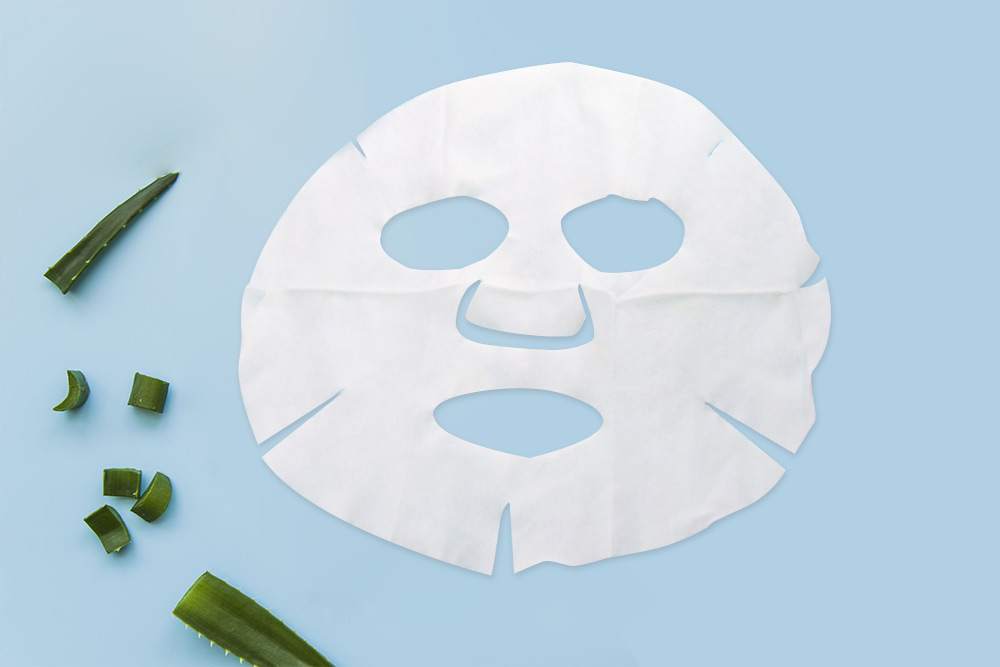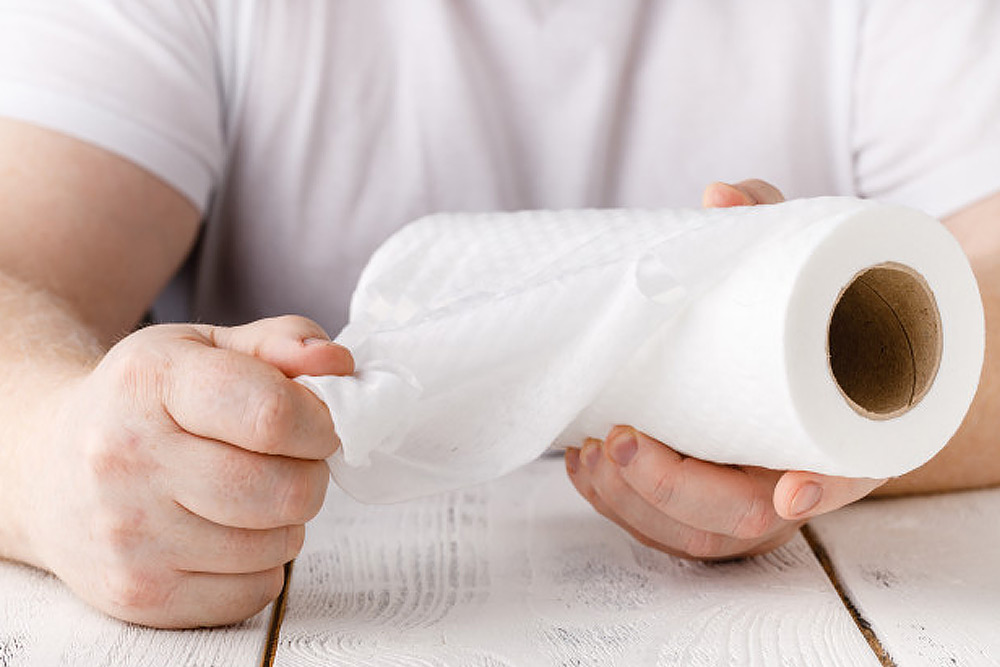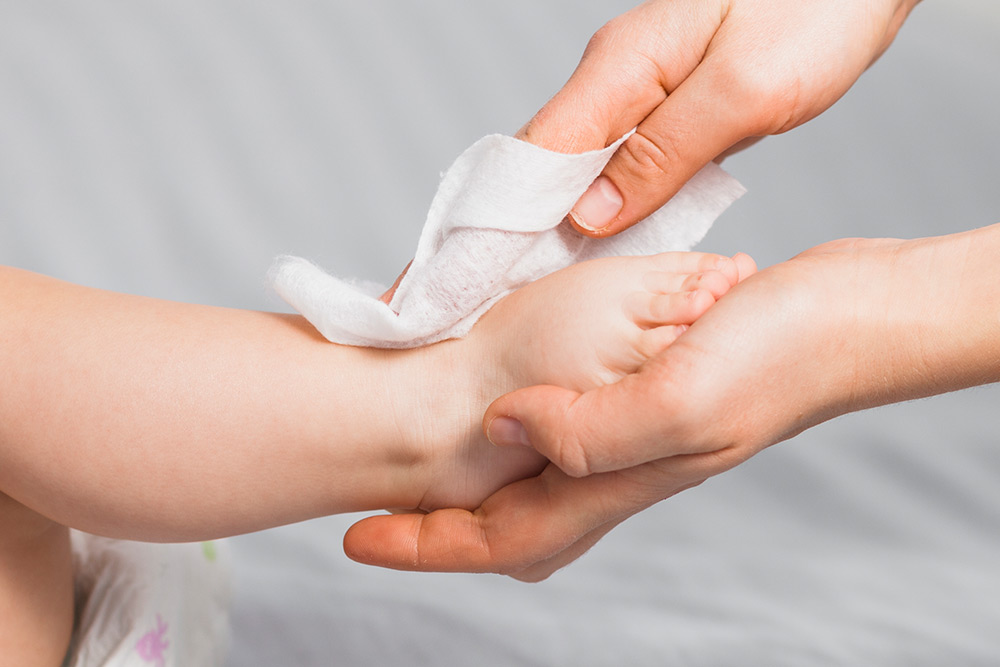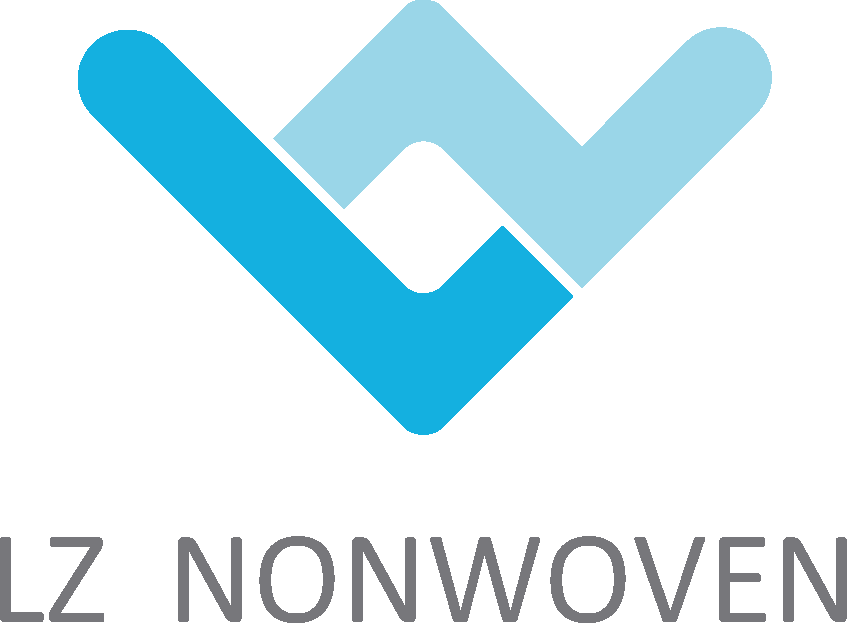In modern society, as people's awareness of health and hygiene increases, disposable nonwoven face masks have become an indispensable protective tool in daily life and the medical field. Whether it is used to prevent airborne pathogens, filter dust and pollen, or meet postoperative care and beauty needs, this mask has won the favor of consumers around the world with its high efficiency, convenience and economy.
Disposable nonwoven face mask is a lightweight, single-use facial protection product made of nonwoven material. It usually consists of a multi-layer structure, including an outer waterproof nonwoven fabric, an intermediate filter layer (such as meltblown fabric), and an inner skin-friendly nonwoven fabric. These layers work together to effectively block droplets, particulate matter and bacteria while maintaining good breathability. Due to its low cost and easy handling, this mask is widely used in medical, industrial and personal protection fields.

Main features of disposable non-woven masks
High-efficiency filtration performance
The meltblown fabric in the middle layer is the core filter material of the mask, which can capture tiny particles (such as PM2.5) and pathogens, providing efficient protection. Some high-end products can even meet medical-grade filtration standards (such as N95 or FFP2).
Comfortable and breathable
The non-woven material is soft and lightweight, and it fits the face without causing skin allergies or discomfort. In addition, its breathable design ensures that the wearer will not feel stuffy even after long-term use.
Disposable, hygienic and safe
The disposable design avoids the risk of cross-infection caused by repeated use, and is particularly suitable for high-risk environments such as hospitals and clinics.
Environmental protection and sustainability challenges
Although disposable non-woven masks are convenient and practical, the impact of their plastic components (such as polypropylene) on the environment has also aroused concern. To this end, many manufacturers are developing degradable or recyclable environmentally friendly materials to reduce pollution.
Diversified design
The color, pattern and size of the mask can be customized according to user needs, such as children's models, three-dimensional designs with nose bridge strips, or upgraded products with added activated carbon layers.
Manufacturing process and technology
The production process of disposable non-woven masks is highly automated and mainly includes the following steps:
Raw material preparation
The outer layer is made of hydrophobic non-woven fabric, the middle layer is meltblown fabric, and the inner layer is skin-friendly non-woven fabric. These materials are subject to strict quality inspection to ensure compliance with hygiene and filtration standards.
Multi-layer composite
The three layers of materials are composited together by heat pressing or ultrasonic welding technology to form a complete mask body.
Molding and cutting
The composite material is punched into a specific shape using a mold, and the ear strap holes or other details are cut out.
Assembly accessories
Add accessories such as ear straps and nose bridge strips to improve wearing comfort and sealing.
Disinfection and packaging
Medical-grade masks must be sterilized by ethylene oxide or irradiation, and then sealed and packaged to ensure that the product remains sterile during transportation and storage.
Application scenarios of disposable non-woven masks
Medical field
In operating rooms, emergency departments, and infectious disease wards, medical staff rely on disposable non-woven masks to protect themselves and patients from pathogens.
Daily protection
During flu season or days with poor air quality, ordinary consumers will wear such masks to reduce the risk of inhaling harmful particles.
Industrial use
In environments such as construction sites and chemical plants, workers use masks to prevent the inhalation of dust, chemical gases and other pollutants.
Beauty and skin care
Some people choose to wear non-woven masks as a physical barrier to prevent cosmetics from staining clothing or hair, while also preventing external pollution from affecting the skin.
Travel and commuting
In public transportation or crowded places, masks can help reduce the possibility of virus transmission and protect personal health.
Market trends and development prospects
In recent years, the global demand for disposable non-woven masks has increased significantly, especially after the COVID-19 pandemic, this market has shown an unprecedented expansion trend. Here are a few trends worth paying attention to:
Intelligence and multifunctionality
Future disposable masks may integrate more functions, such as embedded sensors to monitor breathing rate, or add antibacterial coatings to further enhance safety.
Environmentally friendly material research and development
With the increase in environmental awareness, manufacturers are exploring bio-based materials and degradable technologies to reduce the impact of masks on the environment.
Personalized customization
Consumers' increasingly diverse requirements for the appearance and function of masks have promoted the development of customized services, such as products with brand logos or special patterns.
Global expansion
In emerging markets such as Asia, Africa and South America, the demand for disposable non-woven masks will continue to grow as public health infrastructure improves.
Disposable non-woven masks have become an indispensable part of modern life with their excellent protective performance, convenient use experience and wide applicability. From medical protection to daily health management, it plays an important role in many fields. However, while enjoying its convenience, we also need to pay attention to its impact on the environment and actively promote technological innovation and sustainable development. In the future, with the continuous emergence of new materials and new technologies, disposable non-woven masks will continue to optimize performance, provide more reliable protection for global public health, and achieve a win-win situation of economic benefits and environmental protection.


 English
English 简体中文
简体中文 日本語
日本語






















